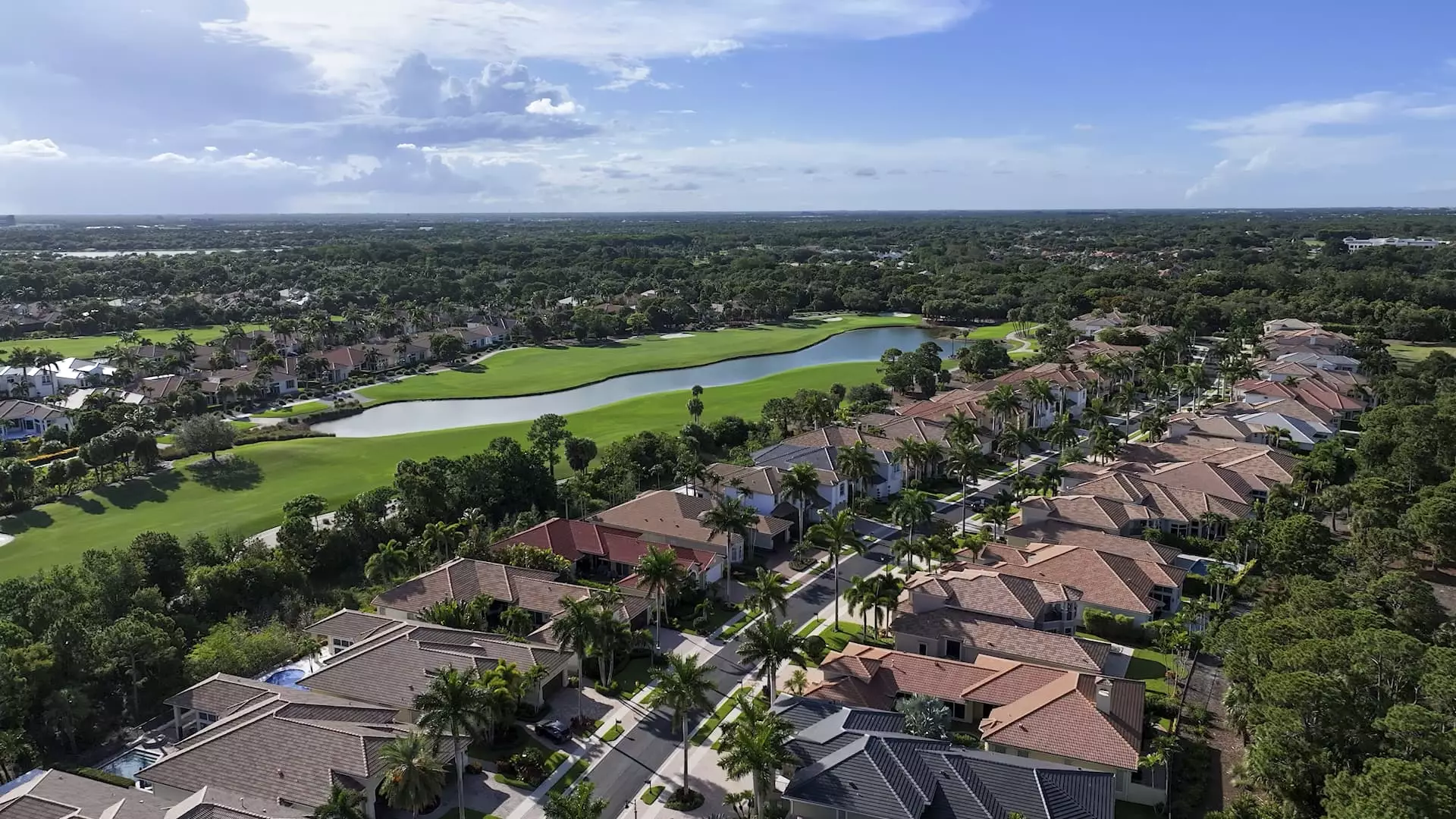Gated communities have long been portrayed as modern sanctuaries, offering residents a sense of security and exclusivity amidst an unpredictable world. Yet beneath this polished veneer lies a troubling reality. These enclaves, often heralded for their amenities and tranquility, simultaneously reinforce social divisions and foster a climate of hiding from societal issues. The widespread adoption of gated communities in places like Florida and California is symptomatic of a broader retreat from civic engagement and communal responsibility. Instead of addressing systemic issues like crime or inequality, residents choose to insulate themselves behind gates, inadvertently perpetuating societal fragmentation. This insular mindset cultivates an environment where fears are amplified, and the need for physical barriers becomes an unquestioned feature of modern life.
Security or Status? The Subtle Shift in Community Goals
While security remains a central justification for gating properties, experts suggest that the real motivation may be more about maintaining control and social separation. The expansive amenities—from golf courses to concierge services—serve as symbols of privilege rather than necessities. Homeowners Associations (HOAs) impose fees that can escalate into significant financial burdens, with monthly dues often reaching into thousands of dollars for the most luxurious enclaves. These costs are justified as maintenance fees but also serve as barriers to entry for lower-income families. In reality, these communities are less about protecting residents from genuine threats and more about curating a space that echoes exclusivity. This creates a paradoxical situation where the pursuit of safety results in social segregation, undermining the very sense of community and openness many claim to desire.
The Economic and Social Costs of Gated Living
Beyond the gate, the economic implications are profound. Real estate within gated communities tends to appreciate faster, driven by the perception of luxury and security, but this often comes at a cost that few can truly afford. The hefty HOA fees, combined with initial property prices, alienate a vast segment of potential homeowners. Furthermore, the emphasis on luxury creates an environment disconnected from broader societal issues—such as affordable housing shortages and urban decay—that continue to plague many cities. Instead of contributing to solutions, these enclaves symbolize a desire to distance oneself from such problems, fostering a two-tiered society where wealth and security are priorities over social cohesion. This phenomenon raises questions about the sustainability of such segregated living arrangements and whether they embed inequality further into the fabric of American society.
The Future of Gated Communities: A Reflection of Society’s Divide
If the trajectory continues unabated, gated communities risk becoming the physical embodiments of social stratification, catering solely to the wealthy and the fearful. Their evolution from simple security measures to symbols of status reveals a deeper cultural shift—one that underscores a retreat from shared responsibility and collective resilience. As a center-wing liberal, I believe we should question whether these enclaves serve the common good or merely serve as bubbles of privilege that deepen societal divides. The true challenge lies in fostering urban environments where safety and community coexist—not as constructs behind gates but as shared ambitions that bridge the gap between privilege and necessity. To truly secure our society, it is imperative to rethink the narrative of exclusivity and invest in inclusive, community-oriented safety initiatives that benefit all citizens, not just a privileged few.

